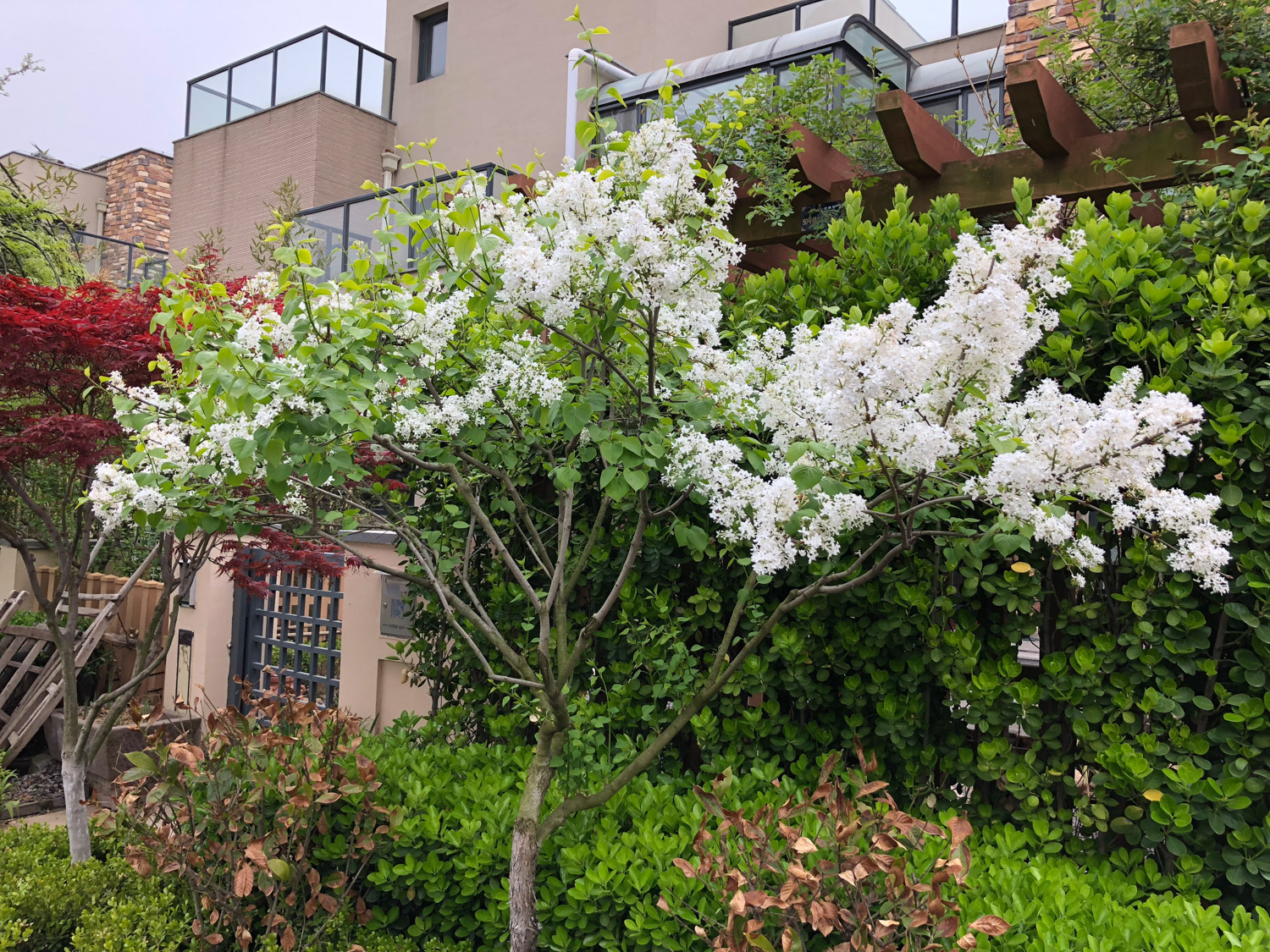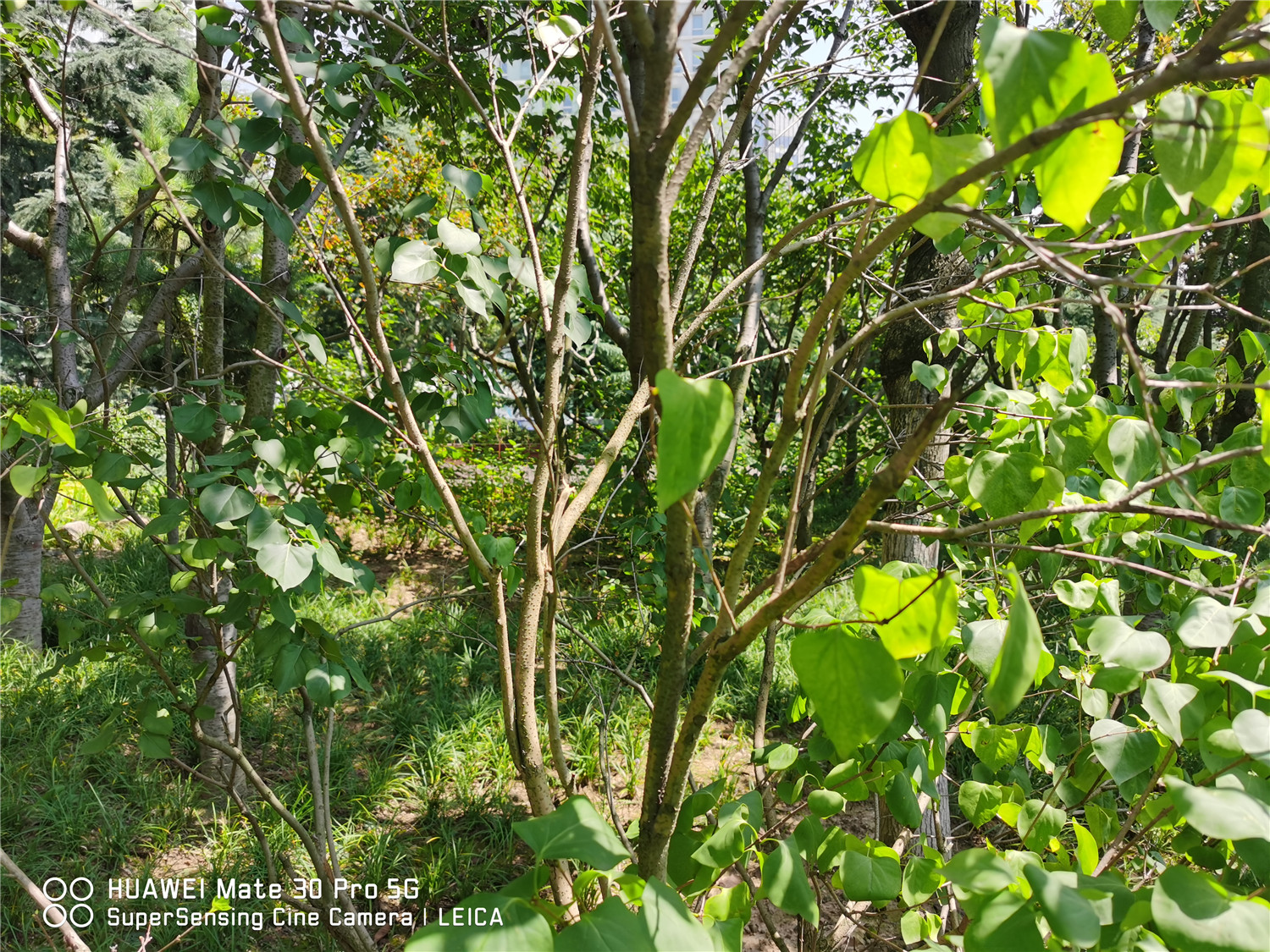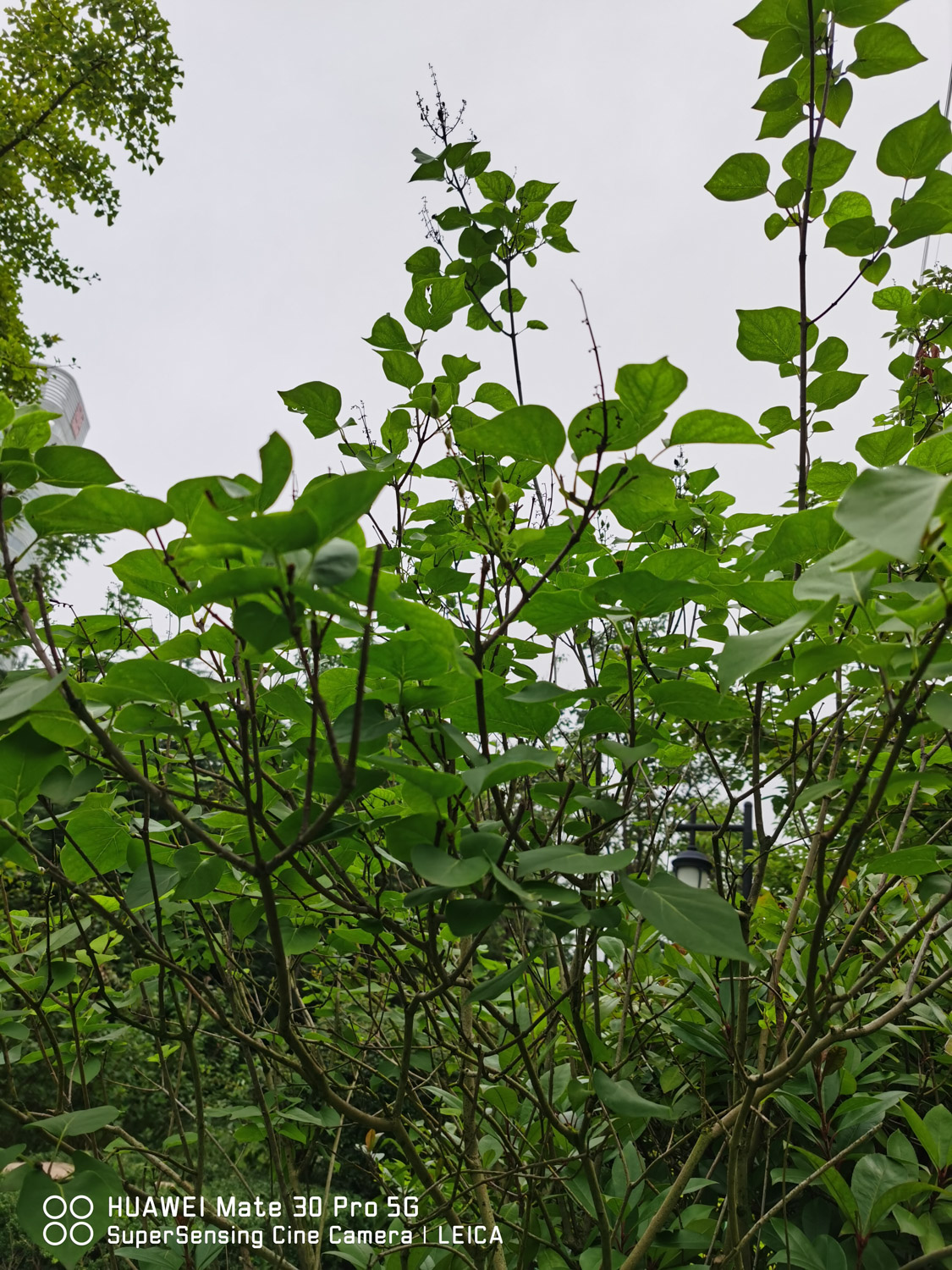Growth habit
Before introducing the breeding method of this kind of flower, we must first talk about their growth habits. This kind of plant initially grows in the jungle on the hillside, beside the stream, by the water and other places, at an altitude of more than 900 meters. Nowadays, it is common to plant in our home. They like sunshine, warm places, places with enough water and sunshine. A little shade

Planting location
It's best to plant them in a sunny place. Although it is mentioned above that they have a little shade tolerance, if they are in a position with more shadows for a long time, they will lead to weak growth and few flowers. Therefore, the location must be selected, the drainage capacity must be better, and the terrain cannot be too low. If the terrain is too low, it is easy to cause ponding. If it is not handled in time, it is easy to kill the whole plant

Watering
Just after planting, you can choose to water once every ten days, and after each watering, loosen the soil to ensure their growth. In North China, the best time for their growth is from April to June. During this period, they must be watered two or three times a month, each time thoroughly. Pay attention to the problem of drainage in July and pour enough water at one time before winter in November

Pruning
If it has grown into a big seedling for three or four years, it is necessary to start pruning, and directly cut off the position 30cm above the ground, so that the flowers can bloom better the next year. In spring, thin branches and dry branches should be cut off, so that the rest can grow better. After flowering, cut off the remaining spikes, so that the next year's flowers can bloom better

 jackfruit
jackfruit snake plant
snake plant hibiscus
hibiscus hydrangea
hydrangea lavender
lavender Green roses climb al...
Green roses climb al... If you don't pay att...
If you don't pay att... Management of four g...
Management of four g...

































